In the realm of art, there exist certain luminaries whose creative brilliance transcends geographical boundaries, leaving an indelible mark on the canvas of human history. Among these titans of artistic expression stands Monirul Islam, a Bangladeshi-Spanish virtuoso whose remarkable journey through the realms of creativity has earned him acclaim and admiration across continents. Born on August 17, 1943, in Chandpur, Bengal Presidency of British India (now Bangladesh), Monirul Islam’s artistic odyssey began amidst the rich cultural tapestry of his homeland.
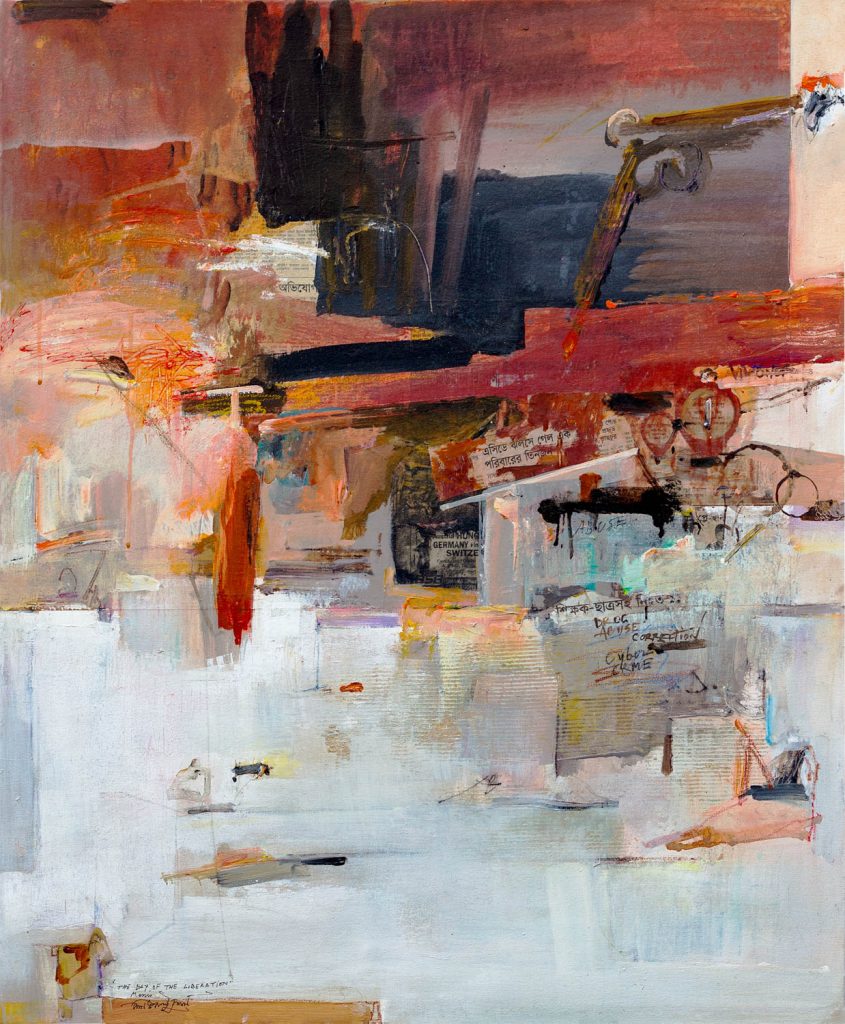
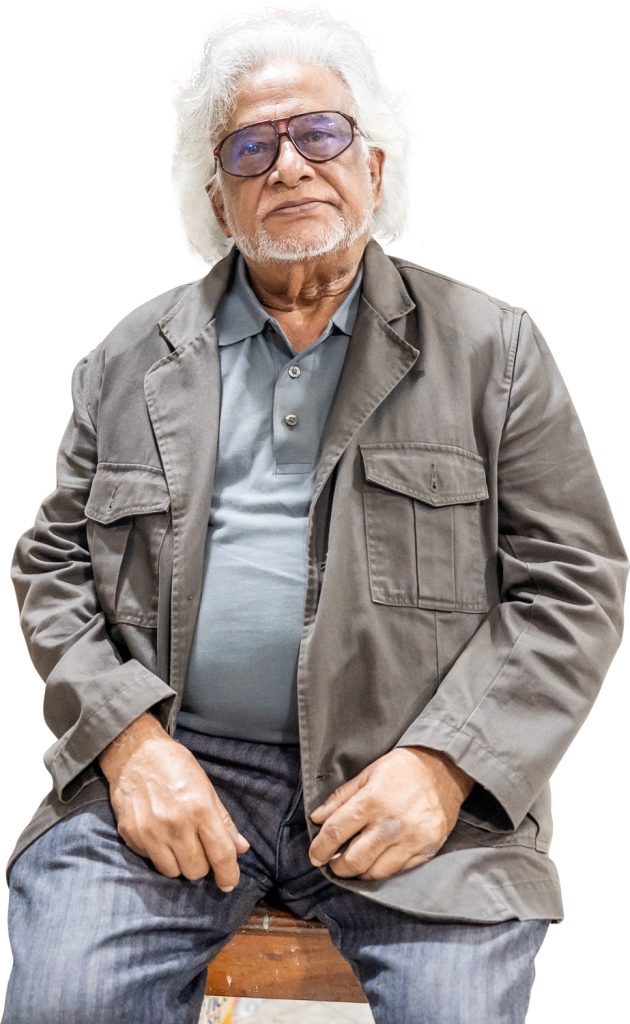
From an early age, Monirul displayed an innate talent and passion for the arts, drawing inspiration from the vibrant landscapes and cultural heritage of Bengal. His artistic journey gained momentum when he enrolled at the Faculty of Fine Arts, University of Dhaka, where he had the privilege of studying under the tutelage of eminent mentors such as Zainul Abedin and Mustafa Monwar. It was here that Monirul honed his skills and developed his distinctive artistic voice, laying the foundation for a career that would span decades and continents.
The turning point in Monirul’s artistic journey came when he was awarded a prestigious scholarship by the Ministry of Foreign Affairs of Spain, which provided him with the opportunity to further his studies in mural painting at the Royal Academy of Fine Arts of San Fernando, Madrid. This marked the beginning of his enduring connection with Spain, where he would go on to establish himself as a pioneering figure in the world of art.
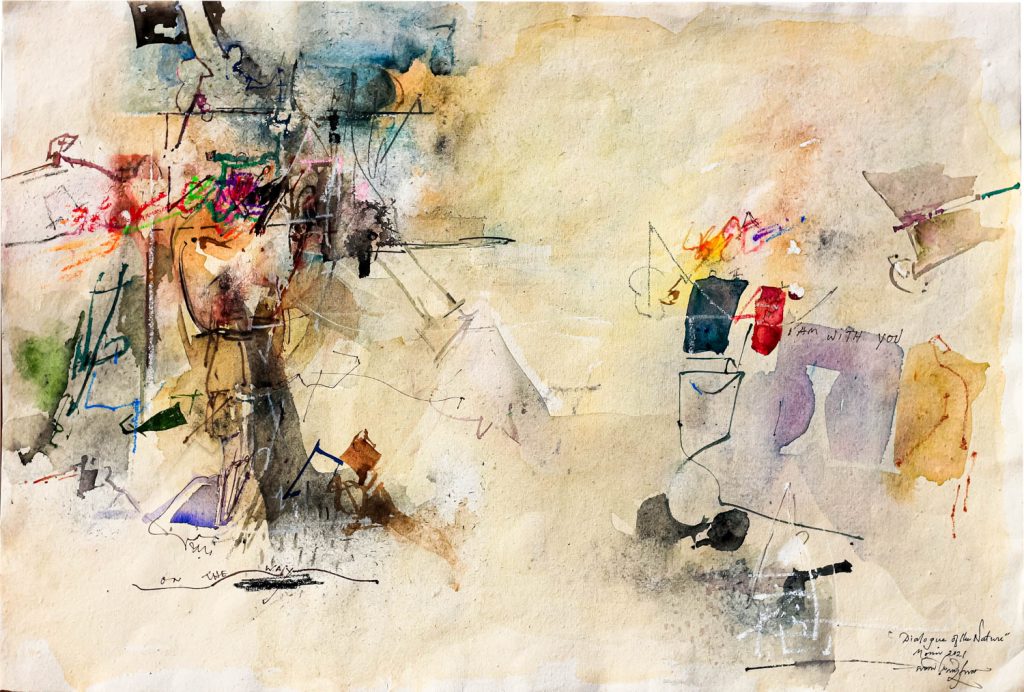
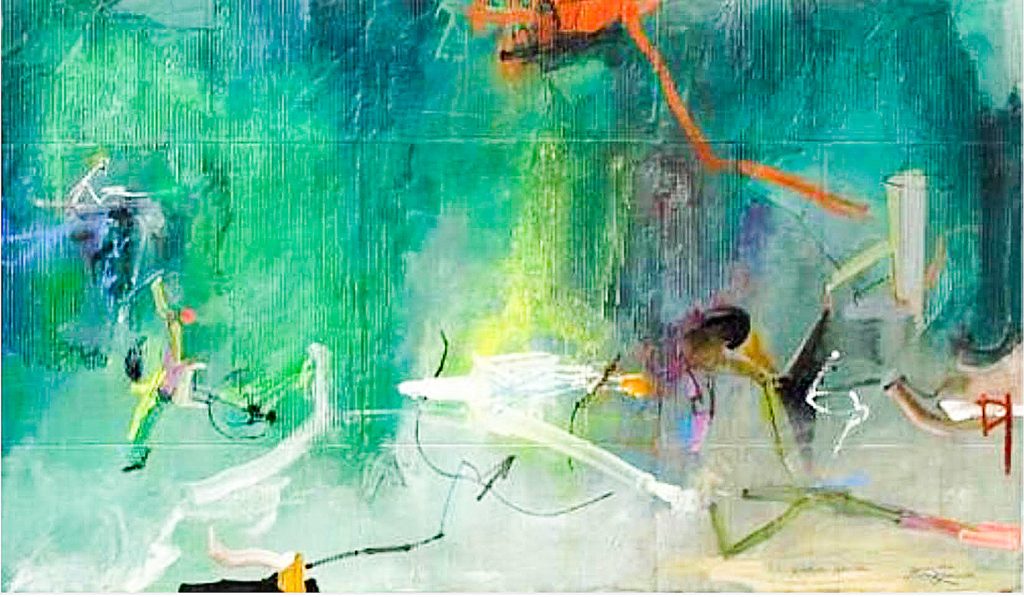
In Spain, Monirul found a fertile ground for experimentation and innovation, particularly in the medium of etching. His groundbreaking techniques, notably the “free-bite” method, garnered him widespread recognition and acclaim, earning him a place among the esteemed Grupo Quince alongside luminaries such as Antonio Saura and José Guerrero. Monirul’s contributions to the Spanish art scene were so profound that his unique approach to etching came to be known as the “Escuela de Monir” (School of Monir), cementing his legacy as a master of his craft.
Despite his immersion in the Spanish artistic milieu, Monirul remained deeply connected to his Bangladeshi roots, drawing inspiration from the cultural heritage and traditions of his homeland. His works bear testament to the seamless fusion of Eastern and Western influences, characterized by a delicate balance of form, texture, and symbolism. Through his art, Monirul transcends geographical and cultural boundaries, inviting viewers into a world of beauty, introspection, and spiritual contemplation. Throughout his illustrious career, Monirul Islam’s artistic ethos has been guided by a relentless pursuit of self-critique and introspection.
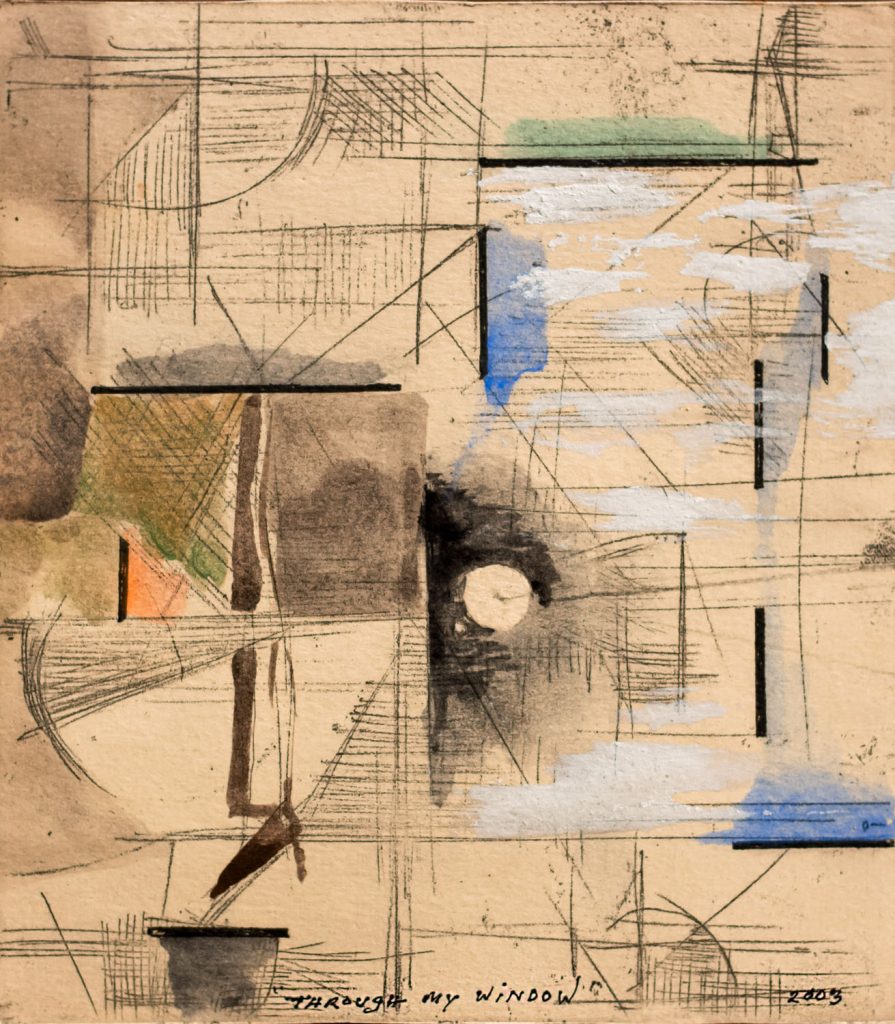
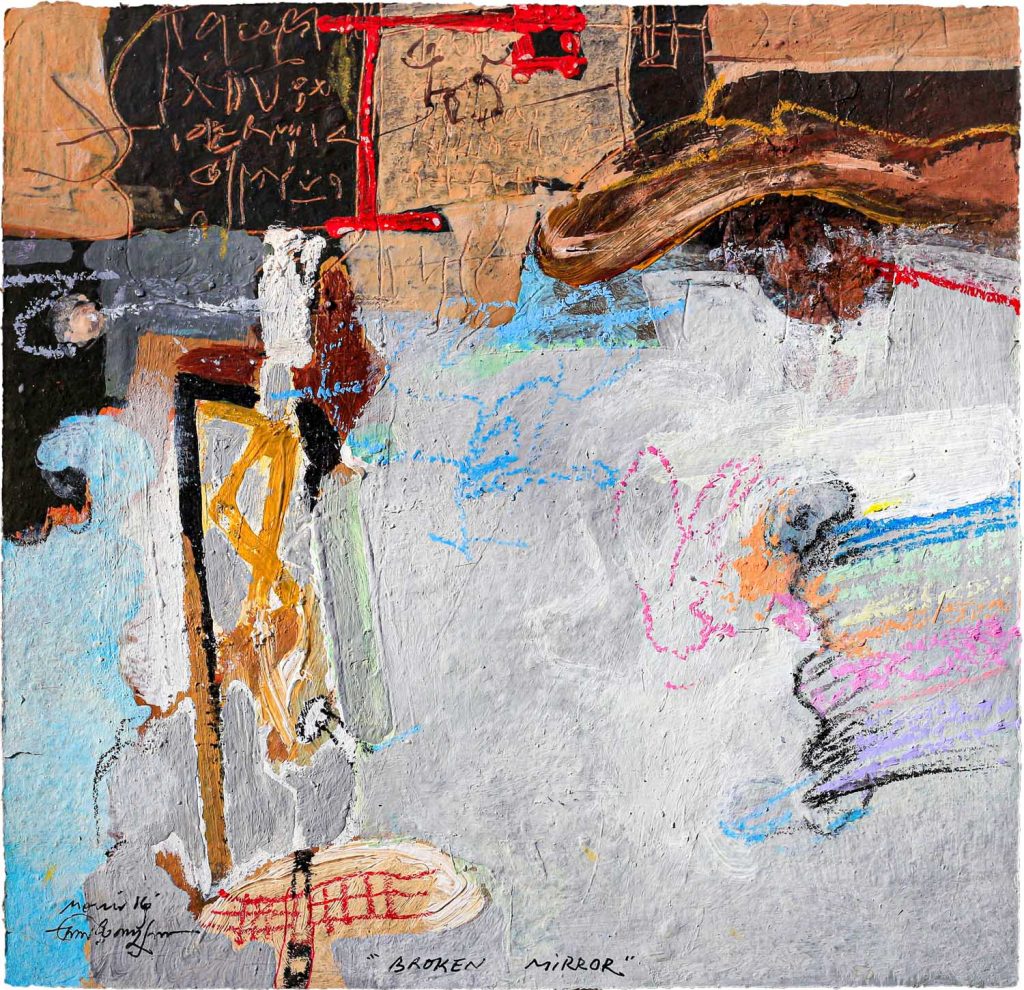
He believes that an artist must continually question their motives and creations, striving for deeper insight and understanding.
This commitment to artistic excellence and self-reflection has been a driving force behind Monirul’s continued evolution as an artist, enabling him to push the boundaries of his craft and explore new frontiers of creativity. Beyond his achievements, Monirul’s impact on the Bangladeshi art movement has been profound and enduring. His visionary approach to art-making and his unwavering commitment to artistic integrity has inspired generations of artists and enthusiasts, shaping not only the regional art scene but also leaving an indelible imprint on the global stage.
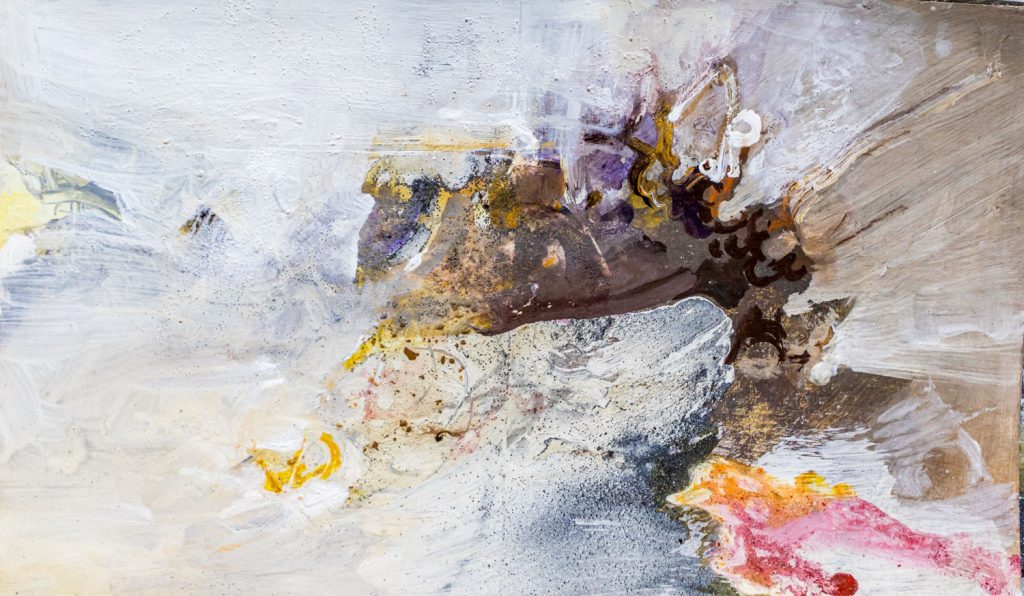
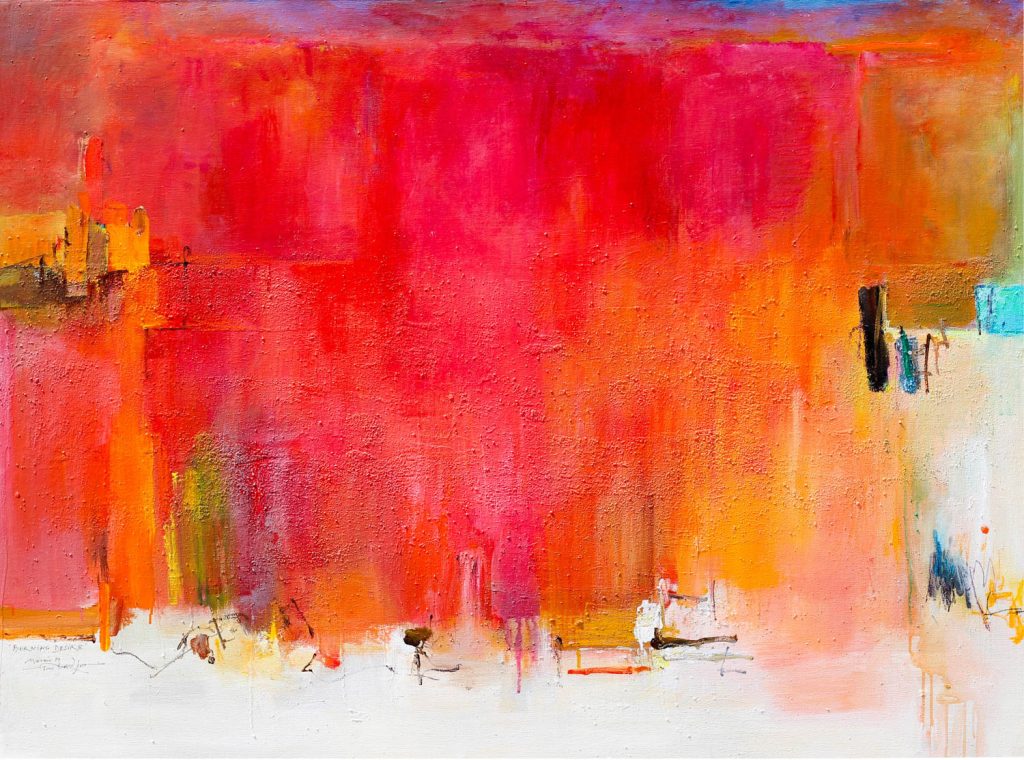
His thematic explorations encompass the breadth of the human experience, touching upon universal themes of love, loss, identity, and spirituality.
Monirul Islam’s legacy extends far beyond the confines of his artwork. As a teacher, mentor, and advocate for the arts, he has played a pivotal role in nurturing and supporting emerging talents, both in Bangladesh and Spain.
Through his eponymous “Monir’s School,” he has imparted his wisdom, experience, and passion for the arts to countless aspiring artists, ensuring that his legacy will endure for generations to come.
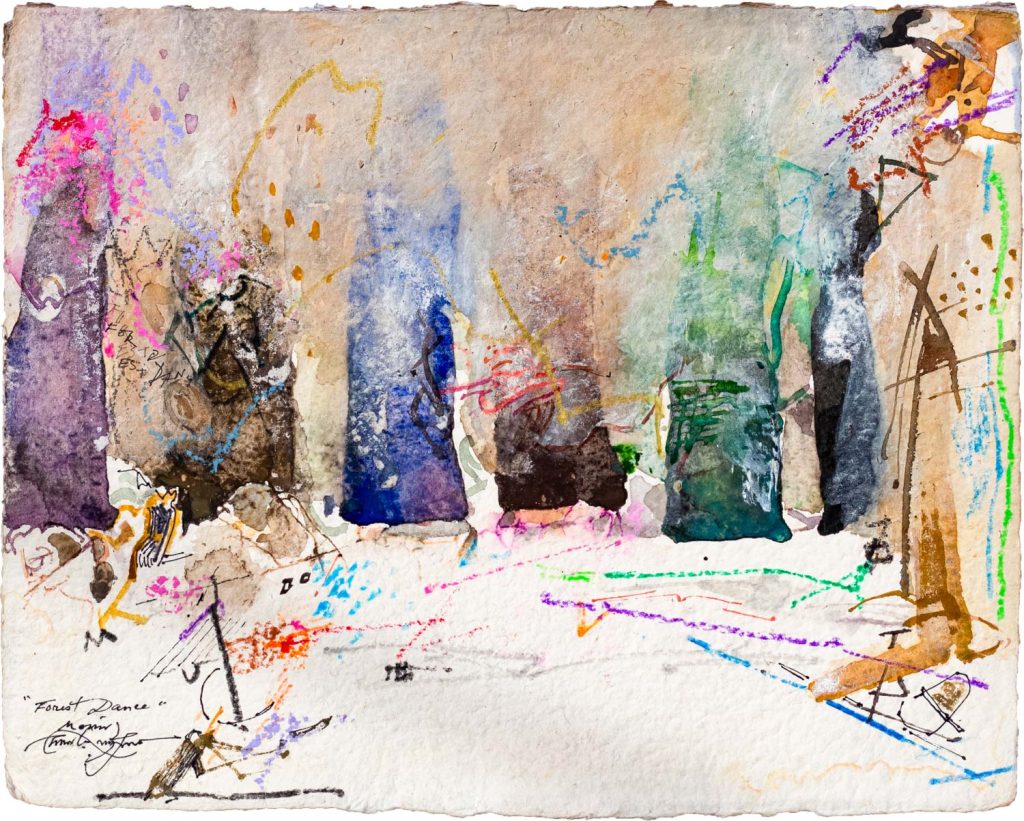
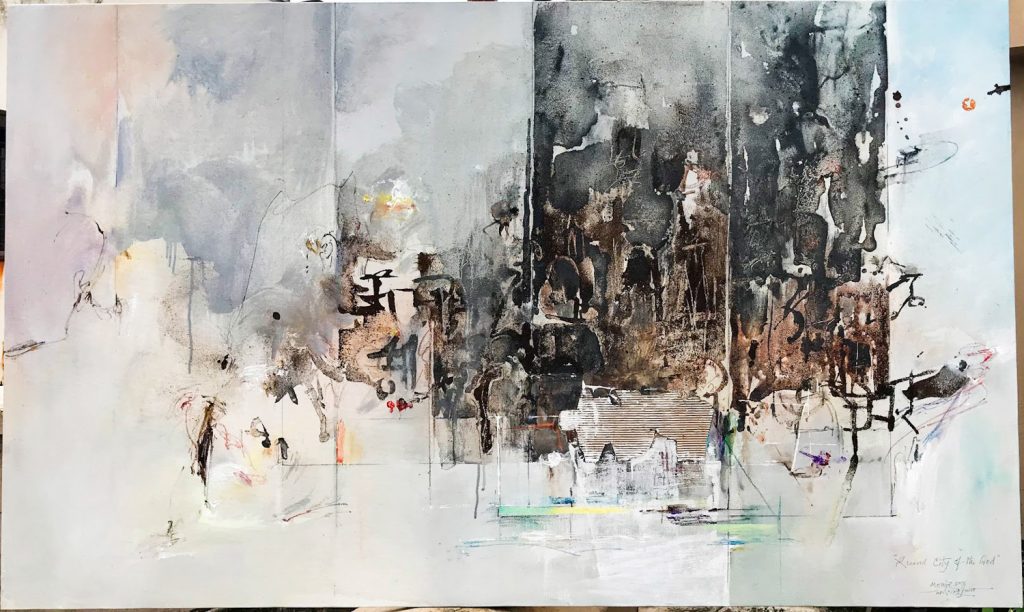
Even in the face of adversity, Monirul Islam’s dedication to his craft remains unwavering. During times of war and social upheaval, he used his artistic talents to create powerful and evocative works that served as a voice for the voiceless, advocating for peace, justice, and social change.
As we reflect on Monirul Islam’s unparalleled contributions to the world of art, it becomes clear that he is more than a mere artist – he is a living legend whose enduring legacy will continue to inspire and captivate audiences for generations to come. In his own words, Monir’s journey is a testament to the transformative power of creativity and the boundless potential of the human spirit. Through his art, he invites us to embark on a journey of exploration, introspection, and enlightenment, reminding us of the profound and enduring impact of art on the human experience.




